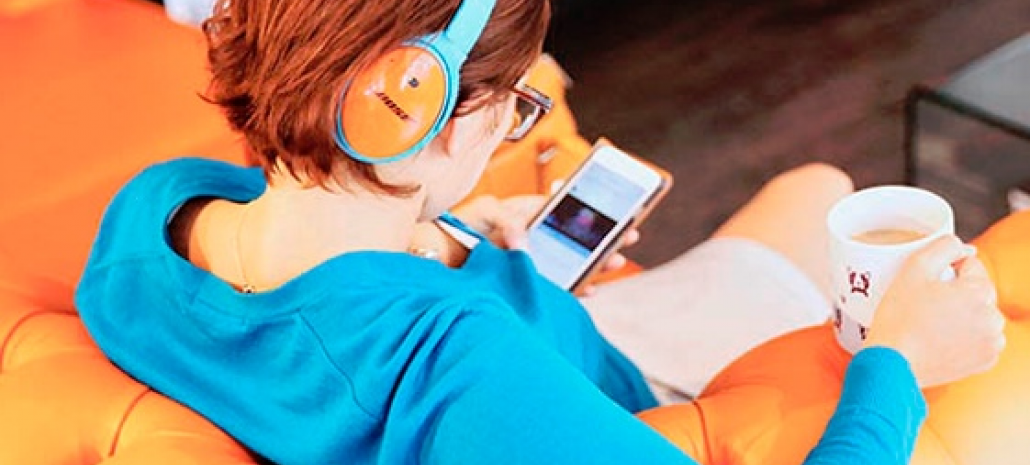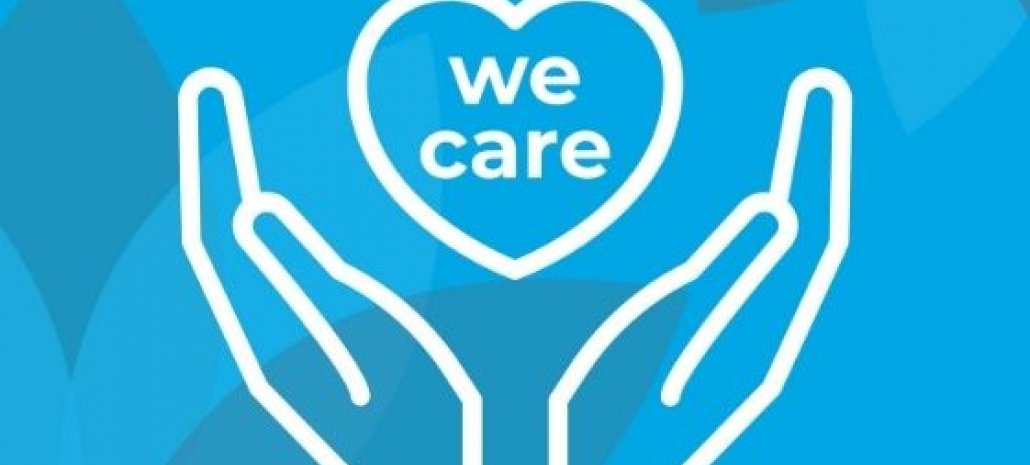
The Creative Gender Pay Gap
- By
- Jen Kinnear
- November 15, 2018
November 10th 2018 marked Equal Pay Day in the UK, meaning that from this day onwards, women are effectively working for free for the rest of 2018. The fact that the gender pay gap exists certainly isn’t news – but although it’s being talked about in the media, and businesses are now compelled to publish their salary discrepancy figures, nothing much seems to be changing. Is the same true of the creative sector? And how is the freelance market affected by the pay gap?
The latest government figures show that 8 out of 10 companies pay their male employees more than their female employees. Across the UK, in companies with more than 250 employees (the only ones required to publish their figures), the average pay discrepancy is 9.8% annually.
While the largest gaps were reported in construction, finance, and insurance, the creative industry, which falls under the ‘Communications and Information’ sector, was the fifth worst performing area. However, this doesn’t tell the whole story. Nearly 95% of design companies are too small to report their figures, and so the issue is largely hidden. Creative businesses that did file reports suggest that the pay gap is prevalent in the creative sector, with an average pay gap of 28%.
So why is this still happening? The issue is often attributed to women taking time out of the workforce to have families, but this is not the only reason. Women are much less likely than men to negotiate on their salary (32% of women negotiate vs 48% of men – GlassDoor survey). Women returning to the workforce are more likely than their male counterparts to request flexible and part-time working. This can be particularly difficult to accommodate in the creative world, especially in small companies and agencies where the client could need you at any given moment. When such requests are accepted, these women are less likely to put themselves forward for promotion.
It’s therefore becoming more and more common that women with families often step out of permanent creative work and enter the world of freelancing – in fact 97% of the net increase in freelancers last year were women (Source – Pensions Policy Institute). But it’s not just salaried employees that are suffering from the gender pay gap. Despite setting their own rates, female freelancers get paid less than males in the same sector. In the creative industry as a whole, women earn £15 a day less than men. This widens to £50 per day in production and UX roles. (Source: YunoJuno survey 2018).

It is much harder to successfully address a freelance gender pay gap because there is such a myriad of factors at play. Given that there are more women entering the market than men, women are more likely to be new to freelancing and charge lower rates early on to help build a portfolio. And as with permanent roles, women are more likely to undervalue themselves in terms of the day rate they ask for.
When surveyed, most men cited that their number one reason for going freelance was to be their own boss. For women, it was the flexibility such a career allowed. These different motivations could reflect salary expectations, and therefore affect the kind of roles women are prepared to to take on.
So, how do we fix it?
Whether you’re permanent or freelance, the gender pay gap is ever present within the creative sector. Before it’s eliminated completely, there needs to be a wholesale cultural shift with regard to caring responsibilities for children and elderly family members. More and more businesses are offering flexible working but it’s still ingrained that women tend to do more of the childcare. This might be because they’re women or it might be because they earn less: it’s a vicious cycle that needs breaking and that won’t happen overnight.
In the meantime, it has got to be about benchmarking and asking for the salary or day rate you are worth. 43% of hiring managers are considering moving to a model where they don’t ask candidates for their previous salary in order to break the cycle – candidates would then be paid what they are worth on merit alone. It will be a slow process eliminating the gender pay gap within creative, across both freelance and permanent roles, but discussing it openly should be encouraged as the first step in moving towards a fairer working environment.
If you’re freelancing in the creative sector, please feel free to benchmark your day rate with one of our experienced consultants (who are paid equally regardless of gender!) here.



